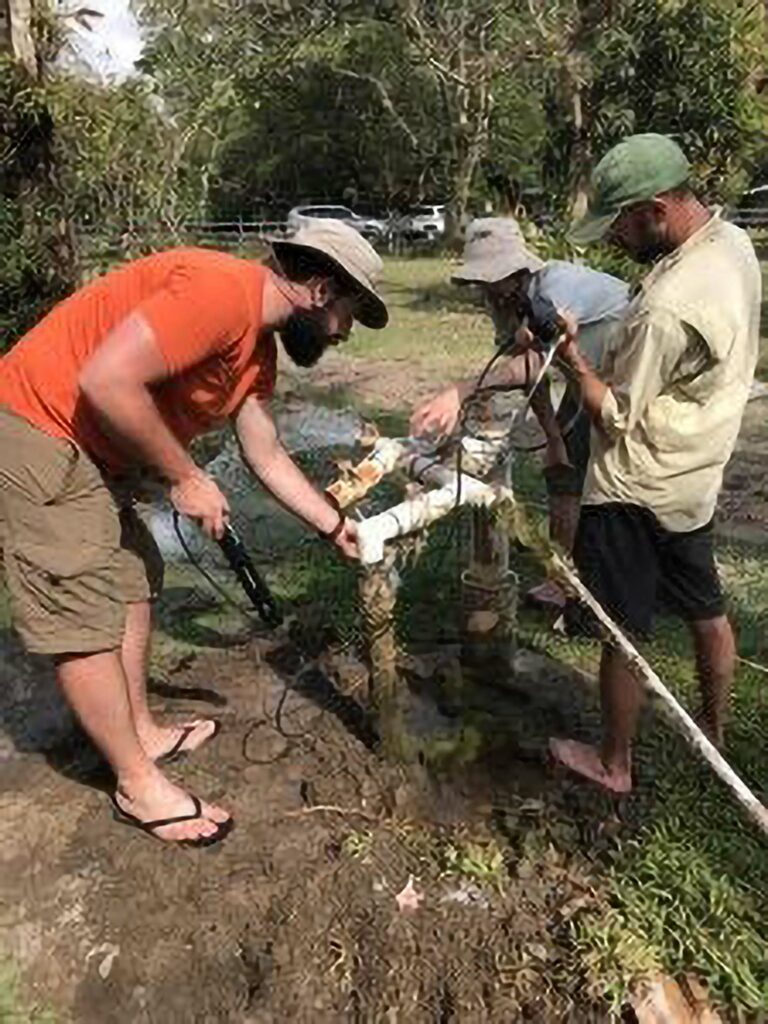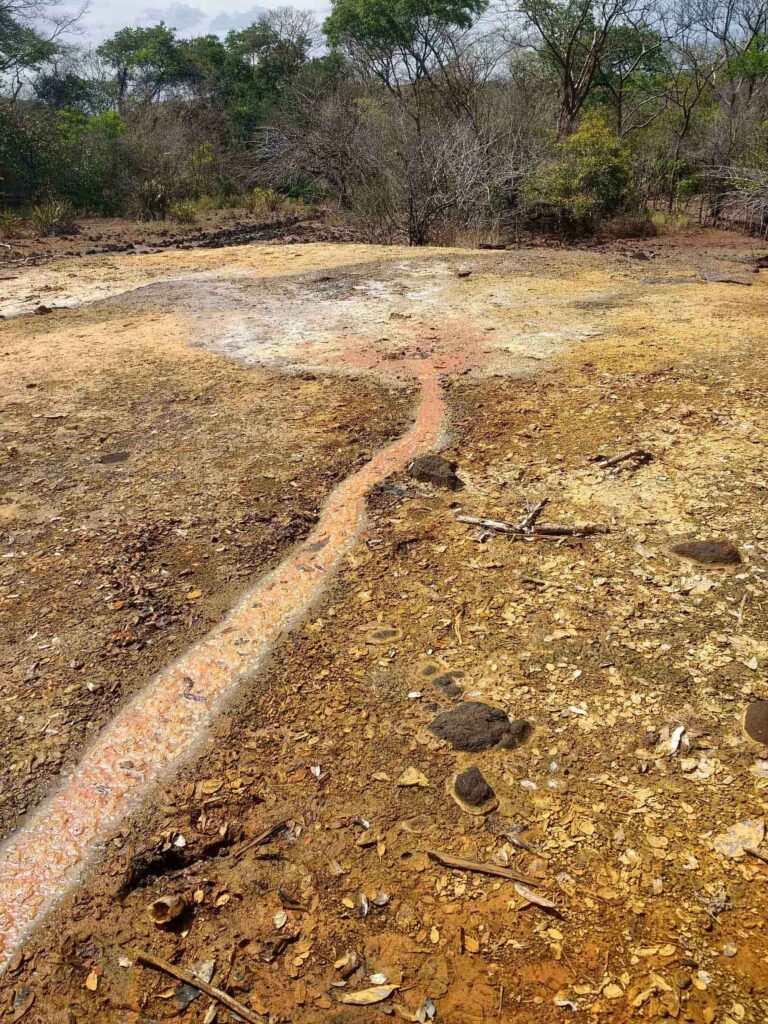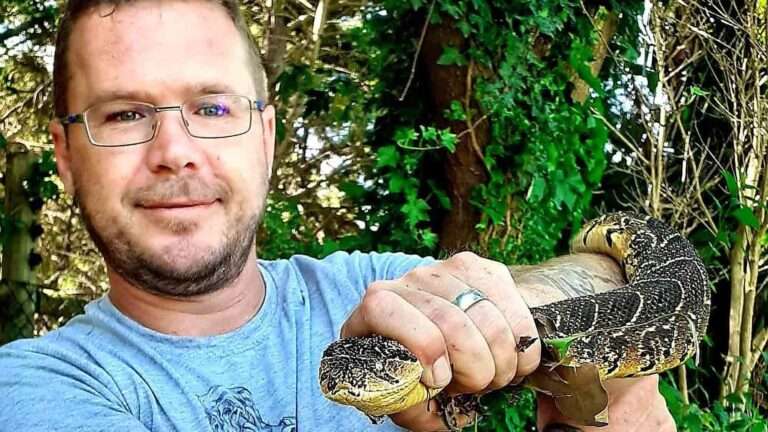Scientists have discovered a giant, 900-mile-long underground volcanic gas duct that connects the Galapagos Islands to Panama in Central America.
The interdisciplinary team was led by the Woods Hole Oceanographic Institution (WHOI), which says it is the “world’s leading, independent non-profit organization dedicated to ocean research, exploration, and education”.
The WHOI released a statement obtained by Newsflash that said that the scientists discovered “anomalous geochemical compositions beneath Panama”.
The team used “helium isotopes” and other data from fluids and rocks that showed that volcanic material present in Panama comes from the Galapagos Islands, which lie over 900 miles (1,448 kilometres) away.

(Peter Barry, Woods Hole Oceanographic Institution/Newsflash)
David Bekaert, a postdoctoral scholar at the WHOI and a lead author of the paper, said: “The lateral transport of plume material represents an understudied mechanism that scatters enriched geochemical signatures in mantle domains far from plumes.”
He added: “We can compare volcanic systems to the body of a living organism; when the organism bleeds, it’s kind of like magma bleeding out of the Earth. And you can measure the composition of that magma, just like you can measure a blood type.
“In this study, we measured an unexpected volcanic gas composition, sort of like when a human has a rare blood type. In the case of the Earth, we then try to explain where it came from in terms of deep geological processes.”
The team of experts demonstrated that hot elements from the Earth’s deep interior travel “laterally through the shallow mantle, similar to wind blowing at the Earth’s surface”.
The experts added that they combined chemical observations with “geophysical imaging of the Earth’s deep interior to pinpoint the source and direction of this so-called ‘mantle wind’.”

(Peter Barry, Woods Hole Oceanographic Institution/Newsflash)
They said that it was typically not easy for material to “pass through a subduction zone” because the edge of the tectonic plate, which is called a “slab”, typically acts as a barrier. But they added that the area beneath Panama is unusual as it appears that there is a “slab window” that allows this “mantle wind to blow through”.
The statement added: “Overall, this study tells us that, even after billions of years of evolution, our planet remains a dynamic system marked by large-scale movements of solid material, miles beneath our feet.”
Bekaert added: “Exotic volcanic chemical features have previously been documented in Central America. We use these chemical characteristics as indicators for large geological processes. In this case, our findings help explain why plume-derived volcanic material shows up in central Panama, even though there are no active volcanoes there.”
The study was titled ‘High 3He/4He in central Panama reveals a distal connection to the Galapagos plume’ and was published in November in the journal Proceedings of the National Academy of Sciences of the United States of America.

(Peter Barry, Woods Hole Oceanographic Institution/Newsflash)
To find out more about the author, editor or agency that supplied this story – please click below.
Story By: Joseph Golder, Sub-Editor: William McGee, Agency: Newsflash
The Ananova page is created by and dedicated to professional, independent freelance journalists. It is a place for us to showcase our work. When our news is sold to our media partners, we will include the link here.




